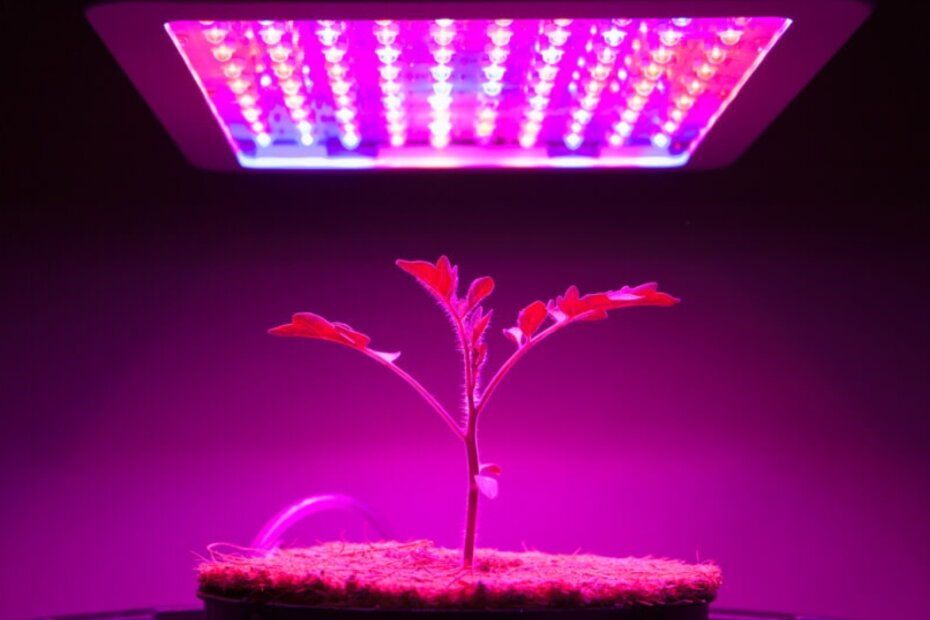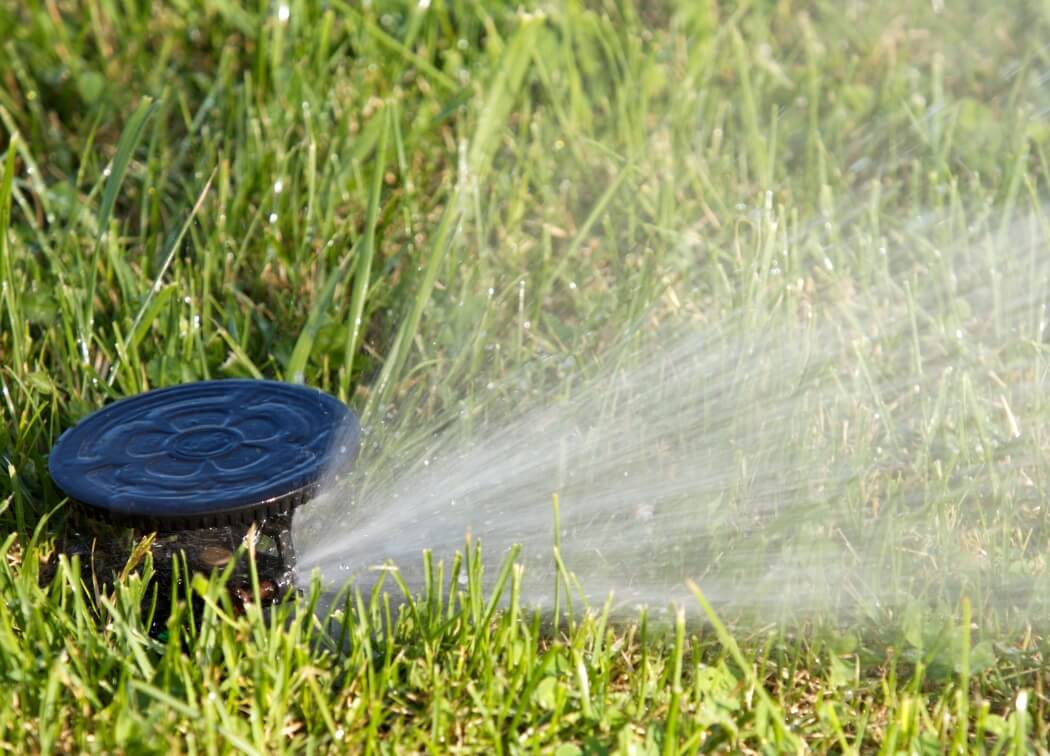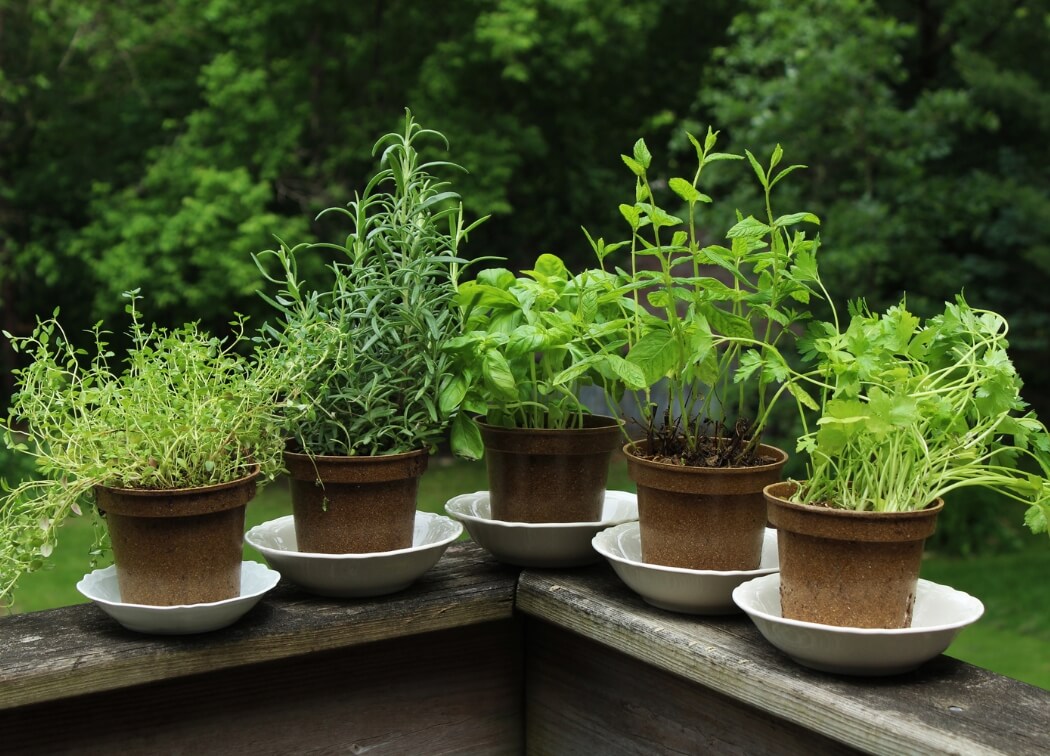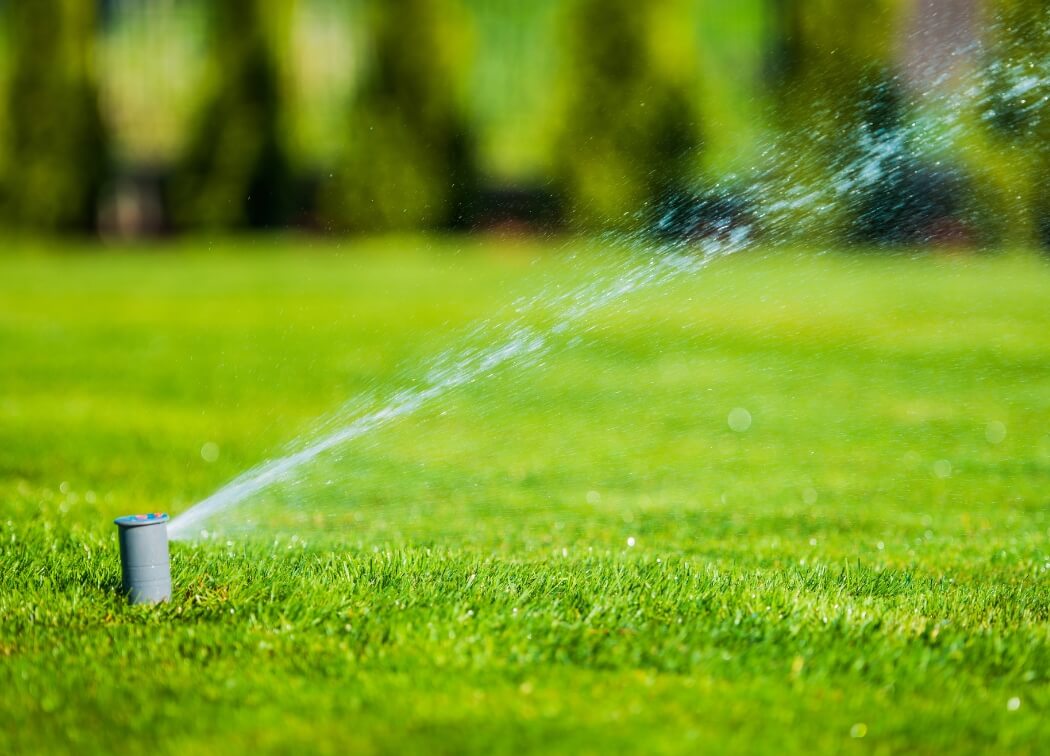Light can be generated from artificial and natural sources. It aids plants in carrying out the process of photosynthesis. This is the process by which plants utilize sunlight or artificial light and convert into energy. The products of this process are glucose, carbon dioxide, and water.
Therefore, placing the grow light in the right position will help increase the growth and yield of your plants. This will help your plants survive and do exceptionally well.
However, knowing the right amount of light that your plants need can be tricky. The plants may not be getting adequate light, or they may be getting too much of it. In both cases, your plants will likely not grow well. So, it is essential to get this right.
Navigation
Factors To Consider
There are a few things you should take to mind before you start growing. Take on the most important things by planning to ensure your growing process kickstarts without a hitch.
Plant Growth Stages
The correct positioning of the grow lights are bound to change at the different growth stage of the plants. You should watch out for this because the light cannot be on a fixed position throughout the plant’s lifespan.
You will have to adjust it to suit the needs of the plant at that very time. For example, when dealing with seedlings, using a dim light for seedlings. Dimmable LEDs will help here. If you don’t have that, you can move the light source farther away from the plants. A different approach will suite other plants at different growth stages. Note them.
The Manufacturer
As a result of their build and the kind of bulb that is attached to them, grow lights from different manufacturers emit light of varying intensity. Therefore, if you have used a different brand before, you should monitor the amount of heat your new grow light is emitting to prevent your plant from wilting.
Heat in the Room
Your room temperature should be plant-friendly. Observe the temperature of the room where the plants are kept. Also, note the sources of heat in the room and monitor your plants and watch how they react when they come under the light. Observe them for more days and see how they fare. This is one effective way of determining the best spot for growing in a room.
Darkness
Ensure that the room you are using is dark because if there is access to external light, your plants may not perform well. Also, it will interfere with the actual stage where they need darkness. Therefore, if you observe that your impressive lighting is not yielding positive results, inspect the room to ensure that it is entirely dark.
Reflective walls
These are specially made reflective materials that are attached to the indoor walls. They aid in the effective distribution of light throughout the garden. Reflective walls are essential because not all the light shone by grow lights penetrate all the plants, especially canopy plants. Their job is to prevent the side effect of little or no light on plants.
The law of inverse square of light does not affect reflective walls. The walls reflect light from the grow light to the plants; therefore, you should watch out for the intensity levels and set it accordingly. Furthermore, reflective walls will still help your plants grow ideally, even if they are placed farther away from the light source.
Overlapping Lights
this comes in handy in larger grow rooms. These rooms usually require more light, reflective walls, and other components, making it easier to achieve overlap. This can be achieved by putting the lights on higher elevations, for example, the roof or a very tall stand, therefore, increasing the coverage of light over your plants.

What Distance Should LED Grow Lights Be From Plants?
There is no conventional way of choosing the right position your LED grow light. It is dependent on some factors such as the model of the LED light, the manufacturer, plant need at that time, etc.
The way manufacturers designed their various lenses to the distinctive sizes of each bulb all affect how these grow lights will reflect light on your plants.
Nonetheless, you are likely to get healthy plants that will grow strong and blossom if you get the distance between the source of light and your plants right.
When plants receive too much or insufficient light, they will start to develop a yellow spot while their green begins to fade. Some of them will wilt away while others may have their growth stunted. Also, this can prevent the plants from getting the right nutrients to carry out their activities. This leads to deficiencies.
MH and HPS lights do not require this much work as there are standard ways to set them up.
Light Distance Based on The Growth Stages
LED Light Distance From Seedling
Seedlings should be kept 24-30 inches away from the LED grow light. They require a lesser amount of light, are prone to drying out if exposed to too much light. Therefore, this distance will ensure that they are not too exposed to light and also get an adequate amount of light they need for growth.
Vegetative Stage
This stage requires more light because of the need for photosynthesis. If the plants in this stage do not get adequate light, their growth will likely get stunted. Therefore, move the light 18-24 inches close to the plants. This will not affect vegetative plants negatively, unlike seedlings.
Flowering Stages
The LED light should be placed at 12-24 inches away from the top leaves of flowering plants. They need to be close to the source of light as a result of their flowering need. Also, it aids the growth of fruits.
How To Know The Light Is Too Close?
There are many ways to know if the light is too close to the plant. However, there are is a general practice you can follow. It is called the ‘hand test.’
This is done by putting your hand under the grow lights for about 30 seconds at different elevations. You are to assume your hand is the top leaf of your plant. If you observe that the heat is too much to bear, then your light is too close. Plants should receive optimal levels of heat, not in quantities that will destroy them.
When the light intensity is too much, it will negatively affect your plant; in worst cases, destroy them. After considering the hand test, you should also find the type of grow light you want to use when setting up your indoor garden. The kind of light you choose should, in some way, inform the distance you place them away from the plant because the intensity of the different types of light varies.







